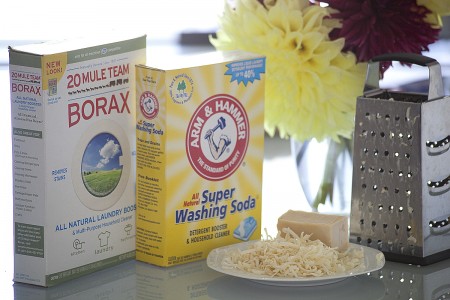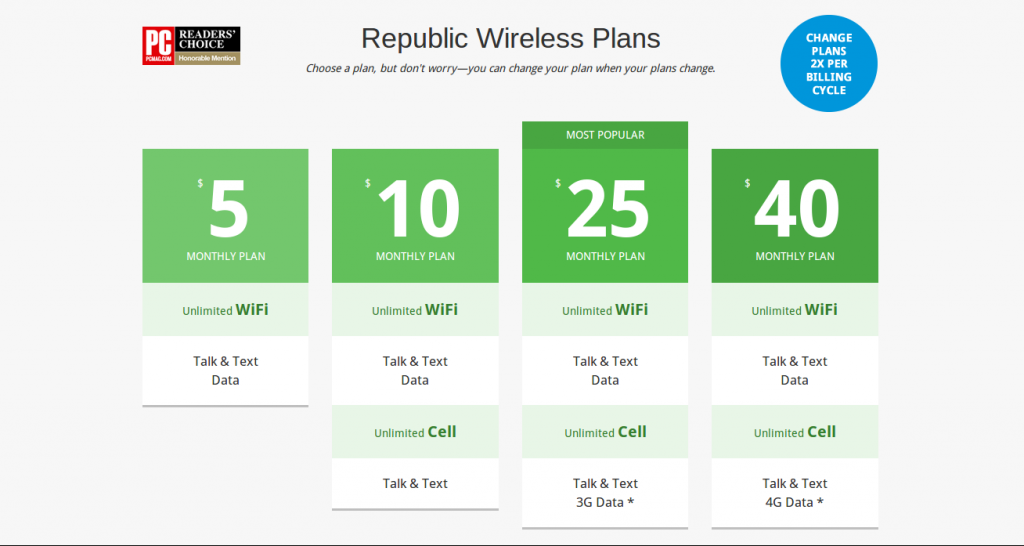There are many people who go all out on fancy equipment and supplies for brewing mead, but humans have been brewing mead with primitive equipment for thousands of years. I found this basic, foolproof mead recipe online years ago, although I cannot now find the site I found it on. It makes a very enjoyable mead with no equipment and very little cost. I will also mention a few variations that you can do, although I recommend starting with the basic recipe.
Shopping List:
- One gallon jug of spring water
- 2-3 lbs local, raw honey
- 1 snack box of organic raisins (you may have to buy a pack of several snack boxes)
- 1 pouch bread yeast (or 1 Tb of bread yeast if you already have some)
- 1 balloon (you may have to buy a bag of several)
Instructions:
Open the spring water. Pour out 12oz of water (1.5 cups) for each lb of honey. Pour the honey, yeast, and raisins directly into the jug of water (a funnel helps). Cap the jug and shake vigorously. Poke a pinhole in the top of the balloon. Uncap the jug, and stretch the opening of the balloon over the mouth of the jug. Set somewhere to ferment.
After a day or two, your balloon should stand up. after 10-14 days, the balloon should flop back over. When this happens, take the balloon off, recap the jug, and shake vigorously. Replace the balloon. The balloon may stand up again. If so, wait another day or two after it flops over again, and then pour your mead into glass bottles or jars. You can use a coffee filter or cheesecloth to strain out the raisins and yeast, although most of the yeast will have settled to the bottom and can be avoiding by pouring gently and not fully emptying the jug. Seal the bottles. You may taste the mead at this point, although it will taste significantly better after conditioning in the bottle for 6 months to a year. The website I got this recipe from said that it gets even better if you condition longer, but I have never been able to let it go past a year.
Variations:
- Use the dregs from your homemade cider in the place of the bread yeast
- Use the apple peel method that I recommend for cider in place of bread yeast
- Add a cinnamon stick or two, a clove, and a star anise–Or whatever else you want to try
- Use only 1-1.5 lbs honey, pour out an additional 2 quarts of water, and add 2 quarts of apple or other fruit juice.
Let me know how you like your results!


